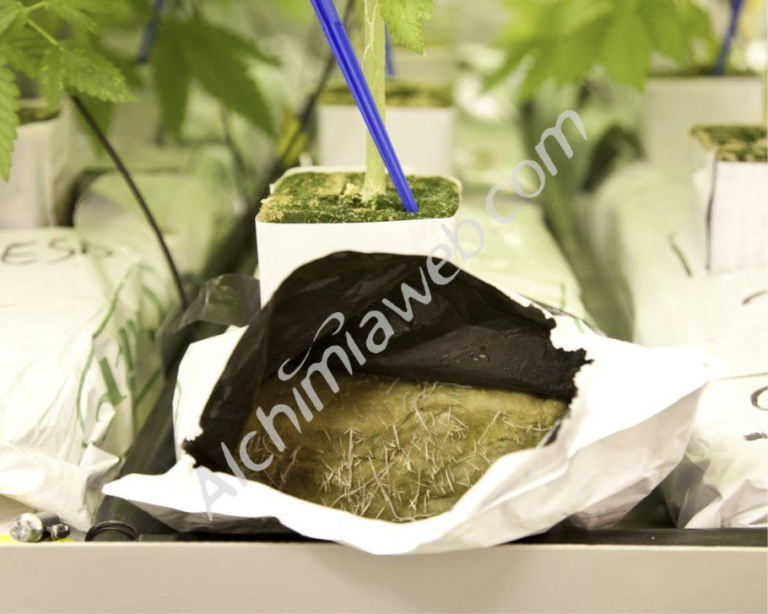Ayurveda: What it is, the best Ayurvedic products, and how to use them
List of contents
- What is Ayurveda, and where does it come from?
- What is a dosha?
- Ayurveda in your routine: nutrition, rest, and self-care
- Ayurveda and mental health: emotional balance and mental clarity
- Ayurvedic products at Alchimiaweb
- How to take Ayurvedic products
- Does it really work? What science says about Ayurvedic practices and products
- Conclusion: A path to well-being (without dogmas or haste)
We spend our lives searching for balance: between what is urgent and what is important, between body and mind, between what we want and what is good for us. And yet, we often forget to look back at the traditions that have been speaking of precisely that for millennia. Ayurveda, which sounds somewhere between exotic and therapeutic, is neither a fad nor just another detox diet. It is a complete medical system based on Ayurvedic practices and products with more than 5,000 years of history that still has much to tell us, urbanites of the 21st century.
No, you don't need to shave your head, move to India, or start every morning drinking hot ghee (although hey, if you feel like it...). This article is for you if you're curious but don't know where to start. Today we're going to break down Ayurveda from the ground up, without dogmas or miracle recipes, to see how it can help you feel better every day, as well as introduce you to a series of high-quality Ayurvedic supplements. Will you join us?
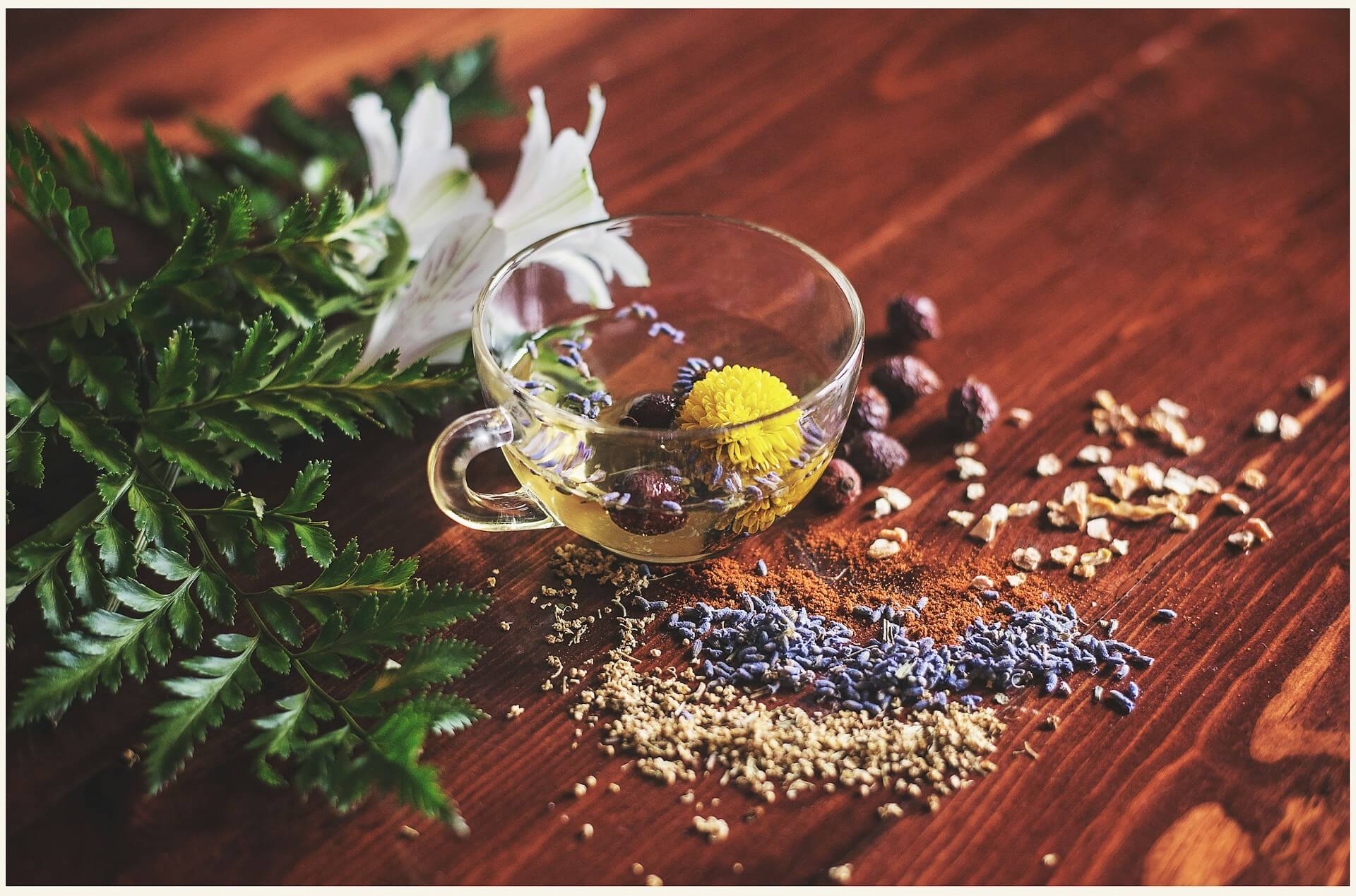
What is Ayurveda, and where does it come from?
Imagine going back some 5,000 years to the compilation of the Vedas in ancient India, sacred texts that blended practical wisdom and spiritual insight. Among them was the birth of Ayurveda, a medical system still studied in Indian universities today and recognized by the WHO as traditional medicine. We're not talking about a couple of spice-laden recipes or guru advice on TikTok, but an entire approach to life.
Ayurveda understands that everything within us—body, mind, emotions—is in constant interaction with our environment: from what you eat, the weather, or how you sleep, to how you manage your boss's anger. Its goal is to maintain balance between these forces, not mask symptoms with drugs. In practice, this means listening to your body before it gets sick, adjusting your daily routine according to your constitution, and understanding that health is a dynamic state, not a fixed snapshot.
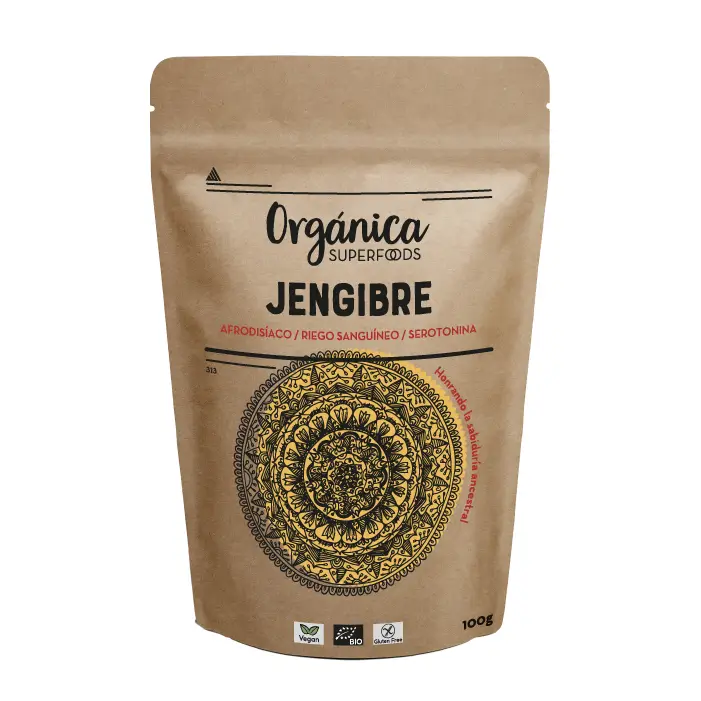
100% organic ginger powder, originally from India. A natural superfood with digestive, anti-inflammatory and antioxidant properties, perfect for strengthening your defences and giving a unique touc [...]
5.00€
What is a dosha?
Before continuing, it would be interesting for you to familiarize yourself with a very popular term in this Ayurvedic context: doshas. The word dosha literally means "that which is unbalanced" and refers to the three types of energies or vital principles that regulate all of the body's physical, mental, and emotional functions. Each person has a unique combination of these three doshas from birth, which is called their "constitution" or prakriti.
Broadly speaking, the three doshas are:
Vata – Movement and communication
- Elements: air and ether (space)
- Main functions: controls movement, respiration, circulation, the nervous system, and elimination.
- Characteristics in balance: creativity, mental agility, and enthusiasm.
- Out of balance: anxiety, insomnia, dryness, constipation, fatigue.
- It gets worse with cold, irregularity, and overstimulation.
Pitta – Transformation and metabolism
- Elements: fire and water
- Main functions: regulates digestion, metabolism, body temperature, and intelligence.
- Balanced characteristics: mental clarity, good digestion, energy.
- Out of balance: irritability, heartburn, inflammation, impatience.
- It gets worse with heat, stress, and overwork.
Kapha – Structure and stability
- Elements: water and earth
- Main functions: gives structure to the body, lubricates joints, and strengthens the immune system.
- Characteristics in balance: emotional stability, resistance, calm.
- Out of balance: lethargy, congestion, weight gain, apathy.
- It gets worse with humidity, a sedentary lifestyle, and overeating.
Knowing your dominant dosha isn't a personality game; it's a practical tool. It helps you understand why some days you're bursting with energy and others you're overwhelmed with energy. And, most importantly, how to adjust your lifestyle to regain balance when you stray, especially with the use of Ayurvedic products.

Ayurveda in your routine: nutrition, rest, and self-care
Here's the most interesting part for beginners: how to bring Ayurveda into real life. And no, you don't need a pantry full of exotic potions or to get up at 4 a.m. to recite mantras (unless you feel like it, of course). It's about incorporating simple habits with a clear purpose. Let's look at some of them:
- Mindful eating: Ayurveda suggests eating according to your dosha and the season. Warm and spicy foods to counteract the coldness of Vata, cool and light foods to balance the fire of Pitta, and drier and spicier foods to move the heaviness of Kapha. The idea is simple: let food be your daily medicine.
- Daily routines: It's recommended to wake up early, hydrate your body with warm water, practice some gentle movement, and dedicate a moment to breathing or meditation. It's not Zen posturing, but rather regulating your internal clock.
- Self-care: Oil massages (abhyanga) help relax the nervous system and improve circulation; rituals with herbal teas or spices (turmeric, ginger, cardamom) are not a treat, but ways to balance your body.
All of this sounds sophisticated, but applied simply, it becomes a manual for everyday life: take care of what you eat, how you sleep, and how you take care of yourself. Nothing more, nothing less.
Ayurveda and mental health: emotional balance and mental clarity
If there's one area where Ayurveda is surprisingly relevant, it's in the management of mental health. For this tradition, thoughts and emotions aren't "intangible" things outside the body, but rather energies that directly affect our physiology. In other words, stress isn't in your head; it also resides in your stomach, your skin, and your sleep.
Therefore, Ayurveda proposes practices that integrate body and mind:
- Breathing (pranayama): techniques to calm the nervous system and oxygenate the brain.
- Meditation: not to become a monk, but to observe without getting hooked on every thought.
- Stable rhythms: regular sleep schedules, meals at the same time, routines that provide mental security.
Even nutrition plays a key role: some foods agitate the mind (coffee, excessively spicy foods), others calm it (sweet fruits, warm milk with mild spices). The interesting thing here is that mental health isn't approached as an isolated compartment, but as part of the whole: if your digestion works better, you're likely to think more clearly and feel calmer, too.
In short, Ayurveda reminds us that caring for the mind begins with caring for the body's rhythms. And that inner peace isn't a luxury, but a habit developed daily.
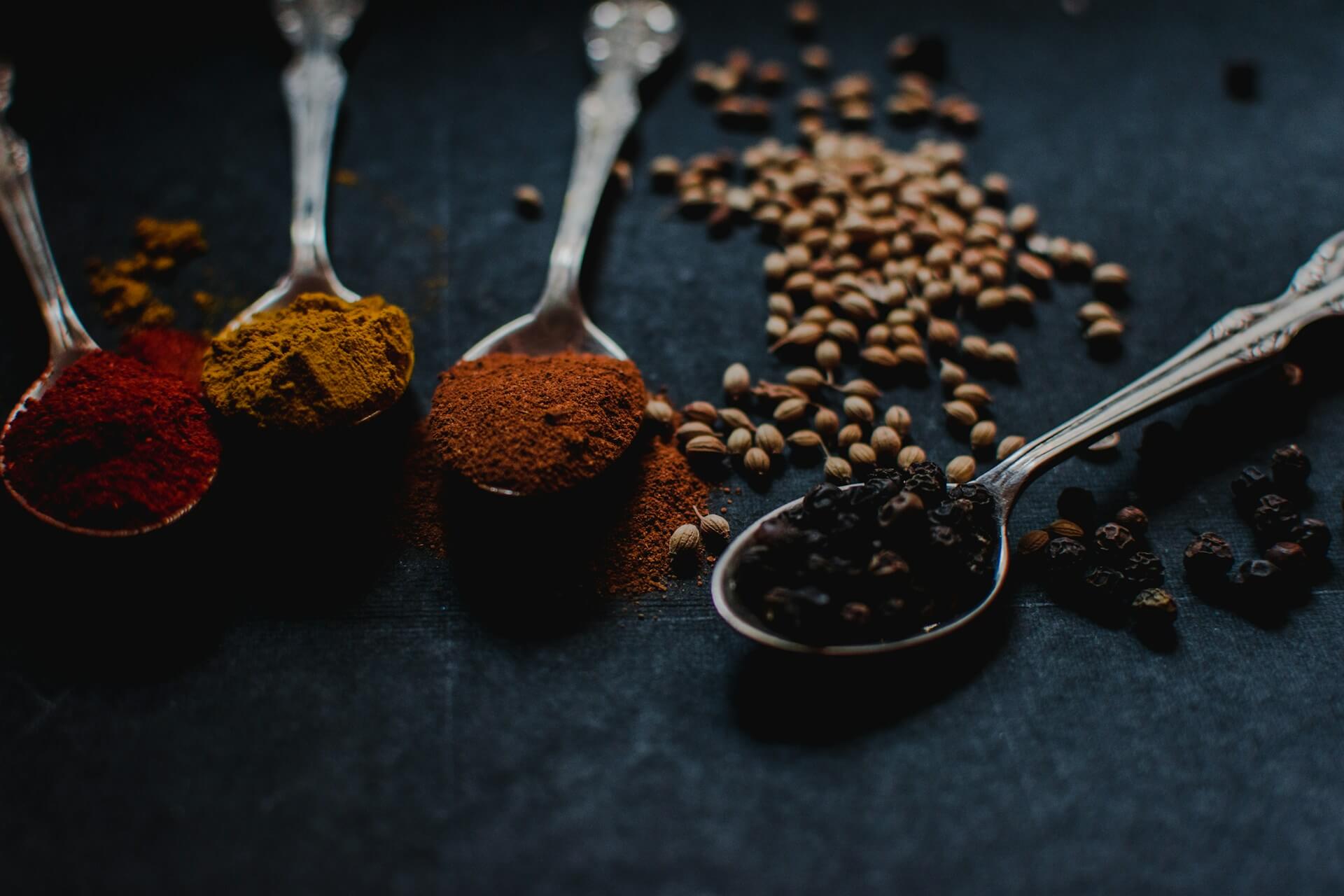
Ayurvedic products at Alchimiaweb
Ayurveda, the traditional medicine of India, combines thousands of years of wisdom with modern knowledge of natural wellness. At Alchimiaweb, we've selected a range of organic and fermented Ayurvedic products that support vitality, digestion, and body-mind balance.
These Ayurvedic supplements, made from 100% natural ingredients, are ideal for those seeking a more balanced, conscious, and sustainable life, following the principles of holistic wellness. These are our most popular Ayurvedic products:
- Super Fermented Organic Ashwagandha: Known as the "Indian ginseng," ashwagandha helps the body adapt to stress and maintain vital energy. Its super fermented version improves absorption and enhances its revitalizing effect.
- Organic Super Fermented Turmeric: Turmeric, rich in curcumin, supports digestive function and helps reduce inflammation. Fermentation increases its bioavailability, making this Ayurvedic classic a daily ally for well-being.
- Shatavari Bio: Considered the plant of feminine balance, Shatavari helps regulate natural cycles and promote vitality. Its traditional use is associated with nourishing energy and hormonal harmony.
- Organic Amla: Also known as Indian gooseberry, amla is an exceptional source of natural vitamin C and antioxidants. In Ayurveda, it is used to strengthen the immune system and revitalize hair and skin.
- Organic Ginger Powder: Ginger stimulates digestion and circulation, providing warmth and energy. In powder form, it's ideal for infusions or natural recipes, helping to maintain digestive balance and daily comfort.
Tip: Combining Ayurvedic supplements with a balanced diet and adaptogenic mushrooms (such as reishi or cordyceps) can boost energy, mental clarity, and overall well-being.
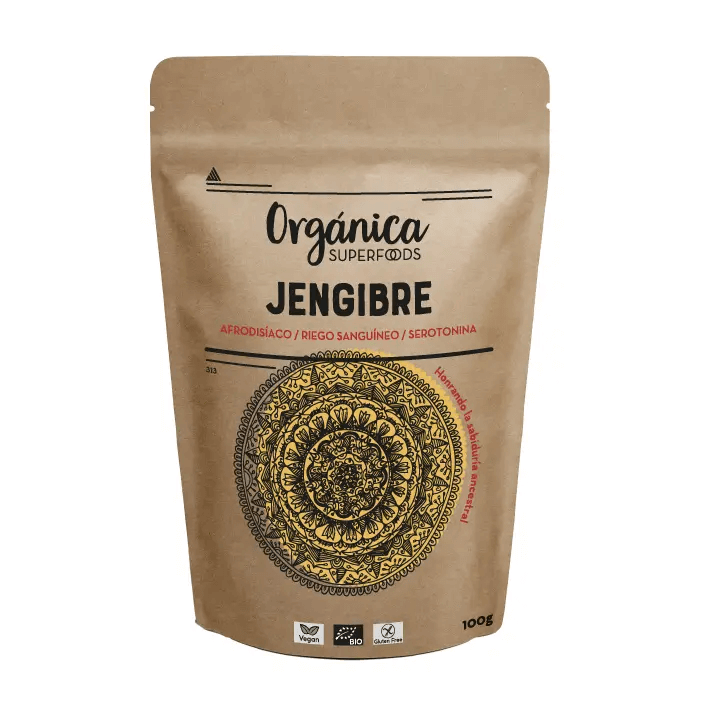
How to take Ayurvedic products
The Ayurvedic supplements available in our store are consumed in various ways, depending on their form, therapeutic purpose, and traditional Ayurvedic practices. Below, we explain how they are typically consumed and some practical recommendations for you to keep in mind:
1. Powder
The most traditional form in Ayurveda. It is mixed with warm liquids or foods to improve absorption.
Usual usage mode:
- Mix ½ to 1 teaspoon (approx. 2–5 g) in warm water, plant milk, or golden milk.
- They can also be added to smoothies, juices, yogurts, or soups.
- In the case of Organic Super Fermented Turmeric or Organic Turmeric with Pepper, always add a pinch of black pepper or vegetable fat (oil, milk, ghee) to improve the bioavailability of curcumin.
Frequency: 1 or 2 times a day, preferably with meals.
2. In capsules or tablets
An increasingly common option in Western versions of Ayurveda, due to convenience and exact dosage.
How to use:
- Take with a glass of water or a warm infusion.
- Generally, 1 to 2 capsules per day, depending on the product and concentration.
- Ideal for adaptogens such as Ashwagandha or Shatavari, when a continuous effect is sought.
You can use a capsule filler with empty capsules to prepare your tablets and take them with you anywhere.
3. In infusion or decoction
Some products can be prepared as Ayurvedic teas or decoctions.
How to use:
- Boil 1 teaspoon of the powder or dried root in 250 ml of water for 5–10 minutes.
- Strain and drink hot or warm.
- Add honey or lemon to taste (do not boil the honey).
4. In recipes and functional cooking
Many Ayurvedic products can also be integrated into your daily diet, simply by adding them to your favorite recipes.
Most common uses:
- Turmeric, ginger, or Ceylon cinnamon → in curries, soups, rice dishes, vegetable drinks, or healthy desserts.
- Ashwagandha or Shatavari → in smoothies or “moon milks” (night herbal milks).
- Amla powder → in smoothies or with fruits, due to its high vitamin C content.
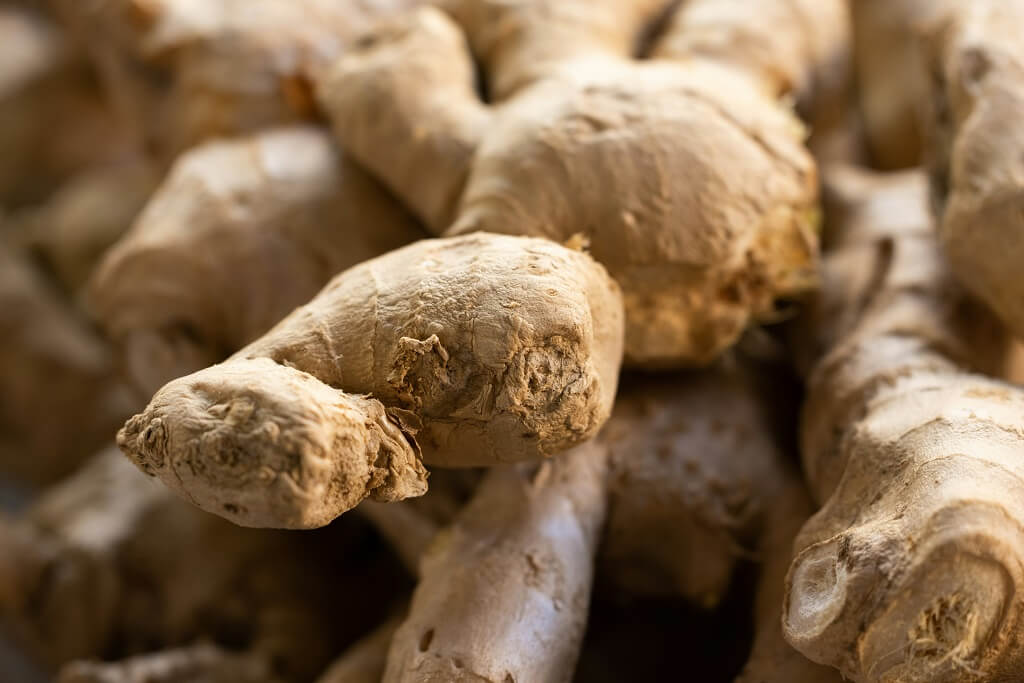
Does it really work? What science says about Ayurvedic practices and products
It's important to be honest here; Ayurveda isn't an exact science, nor are all its remedies empirically supported. But there are increasing studies confirming its benefits in areas such as digestion, stress reduction, hormonal regulation, and sleep.
Prestigious medical institutions are already integrating certain Ayurvedic practices into integrative medicine approaches. And although there is still much research to be done, the truth is that the model works for thousands of people, above all, because it invites them to take control of their own well-being.
The key is to apply common sense: neither turn Ayurveda into a religion nor dismiss it for lack of benefits. Integrating what works for you, judiciously, is probably the most Ayurvedic approach of all.
Conclusion: A path to well-being (without dogmas or haste)
Starting Ayurveda isn't a conversion; it's an exploration. You don't have to learn Sanskrit or give up coffee (although you might cut back), you just need to observe yourself more, take better care of yourself, and experiment with what truly feels good for you.
You might discover that a warm oil massage calms you more than any meditation app. Or that a change in your dinner improves your sleep more than any supplement. Or simply that there's another way to experience wellness: slower, more connected, more your own.
Because, in the end, that's what Ayurveda is all about: learning to listen to yourself, respect yourself, and accompany yourself. Gently, with intention, and, why not, with a little curiosity.
References:
- Ayurveda and traditional Chinese medicine: a comparative overview, Bhushan Patwardhan, Dnyaneshwar Warude, P. Pushpangadan, Narendra Bhatt
- Health promotion through Ayurveda, Mahesh Vyas
- Utilization of Ayurveda in health care: an approach for prevention, health promotion, and treatment of disease, Hari Sharma, H M Chandola, Gurdip Singh, Gopal Basisht
- Ayurveda, Johns Hopkins Medicine













